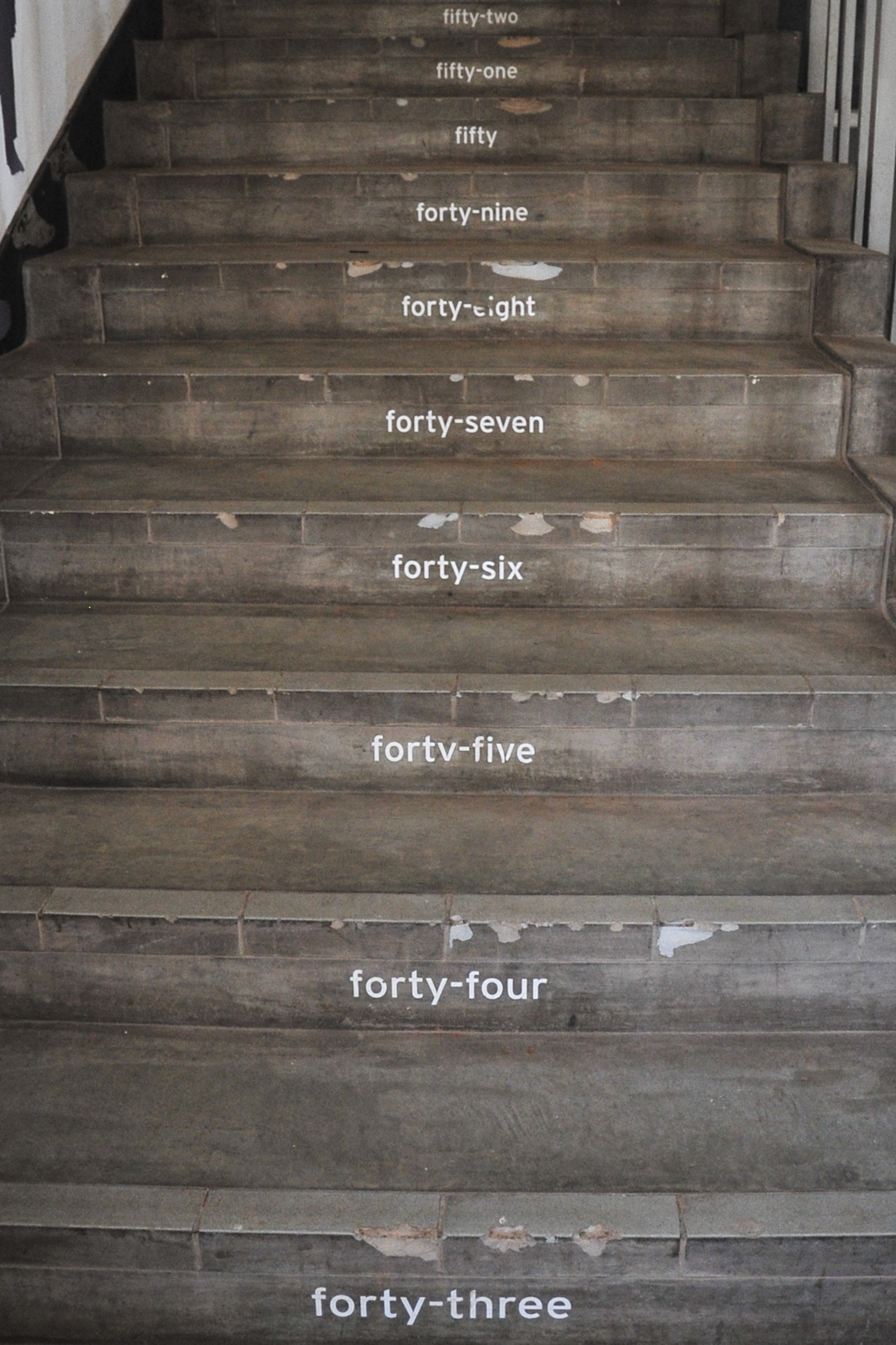Bronberg Conservancy, Pretoria
Lydenburg, Mpumalanga
The Town of Lydenburg, in Mpumalanga Province, was founded in 1850 by the company of Voortrekker leader Andries Potgieter who had abandoned their first Settlement -Ohrigstad, 50 km to the north.. It was once the capital of its own independent Republic, and still boasts some of the best preserved Zuid Afrikaanse and old Transvaal architecture in the Country. Lydenburg, which means "place of suffering" was founded by these pioneering Voortrekkers fleeing malaria and the debilitating heat of lower lying Areas in the early 1800's.
Isidingo will air it's last episode
On 25 November 2019, the South African Broadcasting Commission (SABC) issued a statement confirming that soap opera Isidingo the Need will be cancelled due to low viewership numbers. Isidingo first aired on 7 July 1998, and after twenty-one years on television the soap opera’s last episode will be aired on 12 March 2020. The soapie followed the lives of residents based in the fictional mining town of Horizon Deep. The writers of the soapie aimed at producing storylines which resonated with ordinary South Africans. It should come as no surprise then that Isidingo was the first soapie to incorporate current affairs in South Africa in its episodes. In 2006, five days after same sex marriages were legalized in South Africa, the soapie aired the first gay wedding on TV. It was also the first soapie to air an interracial romantic relationship and wedding back in 2001.
During the 2000s, the soapie aimed at destigmatizing HIV and AIDS through portraying a character living with disease. It also featured an episode to memorialize one of the soapies actresses Ashley Callie, after her death in 2008. Isidingo has been heralded for its efforts to address societal ills and for tackling taboo topics. However, over the years the soapie has suffered to sustain its viewership perhaps due to ever changing cast members and TV slots. The soapie has won its fair share of South African Film and TV awards over the years including the Golden Horns Best TV Soap in 2006 and 2009.
Dan Sleigh
South African novelist and historian Daniel (Dan) Sleigh was born on 3 November 1938, on a farm, Geelbeksfontein, near Langebaan in the Western Cape. He was born to Francis and Susanna; whose fathers were both ship captains. Sleigh would follow a similar path to his grandfathers, when he enrolled in the South African Navy after matriculating from Vredenburg High School, Western Cape.

Leonard Tebogo Tume
Leonard Tebogo Tume, known as Norman Nkosi, was born on 10 April 1957 in Galeshewe, Kimberly. He attended Barkly Road High School and after he left school in standard 8 (now grade 10), he joined the Railway Police as a constable.
The Gallows Museum Exhibition

The Kgosi Mampuru Correctional Facility previously known as the Pretoria Maximum Prison Gallows in Pretoria, Gauteng was built in 1902. It is the only prison in South Africa where executions took place. Between 1902 and 1989, more than 3 500 prisoners were executed at the prison, of which 132 were political prisoners. The gallows were dismantled in 1996, but it was decided to restore it as a memorial museum.
Fernkloof Nature Reserve, Caledon
Early in the nineteenth Century, Hermanus Pieters, used to walk ‘over the mountain’ from Caledon, year after year, to camp at the coast and enjoy the abundant fish and shellfish he found there. A shell was discovered on Hoy’s Koppie, and it tell us that 50 000 Years earlier, other people had also found Hermanuspietersfontein a good place to live. From the nineteenth Century into the twentieth Century, the Village grew apace.